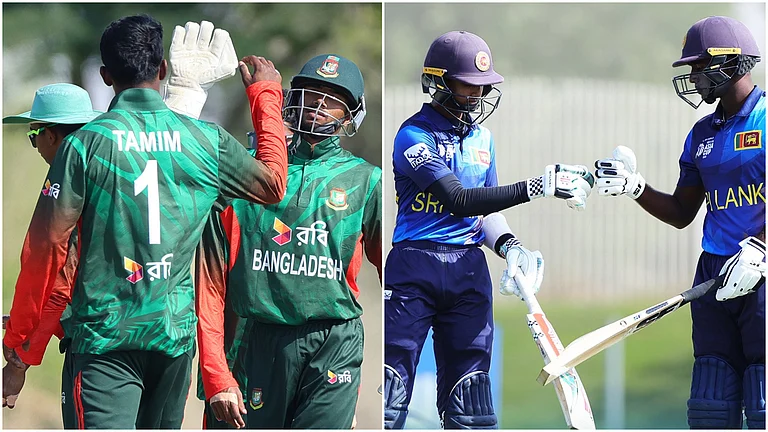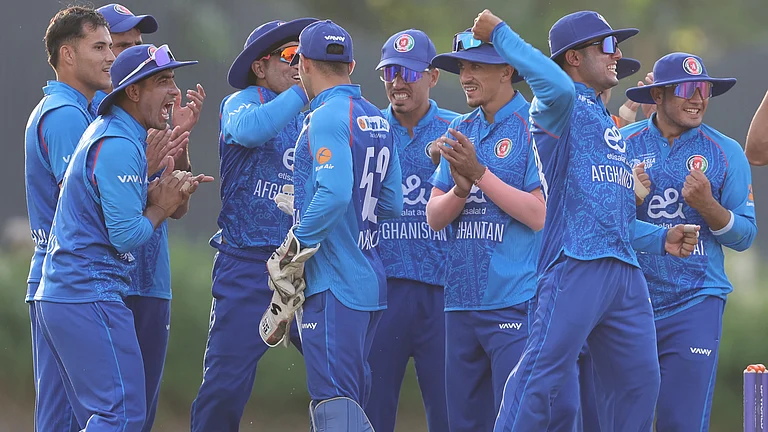But unfortunately none of the suggested guidelines have been followed either by the bccl management or the dgms. Alleges S.K. Bakshi, the Jharkhand state president of citu: "Leave alone the Mookerjee commission report being followed, even the officers found guilty, and against whom criminal cases were registered, have not only been allowed to go free but have also got promotions." He believes that even if some of the measures recommended by the commission had been followed, the Bagdihi disaster could have been averted.
Even a casual inspection of the Dhanbad collieries reveals the existence of serious safety lapses. In contravention of the Mines Safety Rule and Regulations, 1952, most of the abandoned mines are not sealed or filled with sand. This is a must to prevent their collapse. Secondly, against the requirement of 2,61,194 SRs (self-rescuers or breathing masks), there are only 73,751 such masks in the coalfields of Dhanbad. Besides, in case of the Lodna area, where 1,200 miners work, there are only 400 torch caps. Mining shoes which should be replaced every six months are replaced every two years. And most importantly, the underground telephone system is largely non-functional. Failure of the communications system compounded the Bagdihi disaster.
That safety is low on priority can be gauged from the fact that a week before the tragedy the bccl management, together with the dgms, had held a "safety week" at the ill-fated mine in which the miners had pointed out that there was seepage of water inside the mine through the barrier of the nearby Jayarampur colliery.
Even on the day of the tragedy, the miners had protested against going down inside the mine unless the required safety measures were taken. To prove that their fears were unfounded, two officers—mining officer A.K. Upadhayay and assistant mining officer P.R. Singh—went inside with the miners and were also caught in the death trap. Even the barrier wall, which Justice Mookerjee had specifically instructed should have run along 120 metres, had been reduced to just 10-20 feet. The barrier was cut to increase production, ignoring the danger that lurked ahead. It had become so weak that toxic water, stored in Jayarampur colliery since 1962, gushed in to drown all those inside.
Even when it came to rescue efforts, the laxity of officials was pretty evident. A navy spokesman, while withdrawing the rescue party of divers, said the absence of proper blueprints of the bccl mines prompted the divers to repeatedly change their search areas to cover different tunnels. Says he: "The flooded portion of the Bagdihi mine is a labyrinth of tunnels and the plans given to the divers didn't match the actual position of the tunnels."
R.L. Arora, the top man in the dgms, has the usual feeble explanation to offer: "Only after the investigation and inquiry will I be able to comment on this." But privately, many bccl and dgms officials admit the Bagdihi mishap happened because of a total lack of concern for safety. Though an fir has been filed against bccl general manager B.S. Srivastava and nine others, and Jharkhand CM Babulal Marandi has instituted a judicial probe, no one is impressed. The miners say they have no faith in the inquiry commission because such effort is doomed to go the Mookerjee commission way. Unsafe mining, they fear, will continue and the guilty will thrive.


























